Click on our logo above to view how you can increase visits
to your website using one of our advertising options.
Please Note: Driving on the beach is strictly prohibited.
Walker Bay Nature Reserve lies on the south-western Cape coast, just east of Hermanus. The reserve comprises five coastal areas lying between Hermanus and Die Dam near Struisbaai. The largest area, known as Walker Bay, stretches from the Klein River estuary to De Kelders at Gansbaai. This section is about 1 000ha in size and has a coastline of 17km featuring a long beach, known as Die Plaat, with white sands and rocky limestone outcrops to the east. Immediately north-west of the reserve lies the scenic Klein River lagoon which, at times, flows into the sea. The northern parts of the reserve consist of stabilised dunefields.
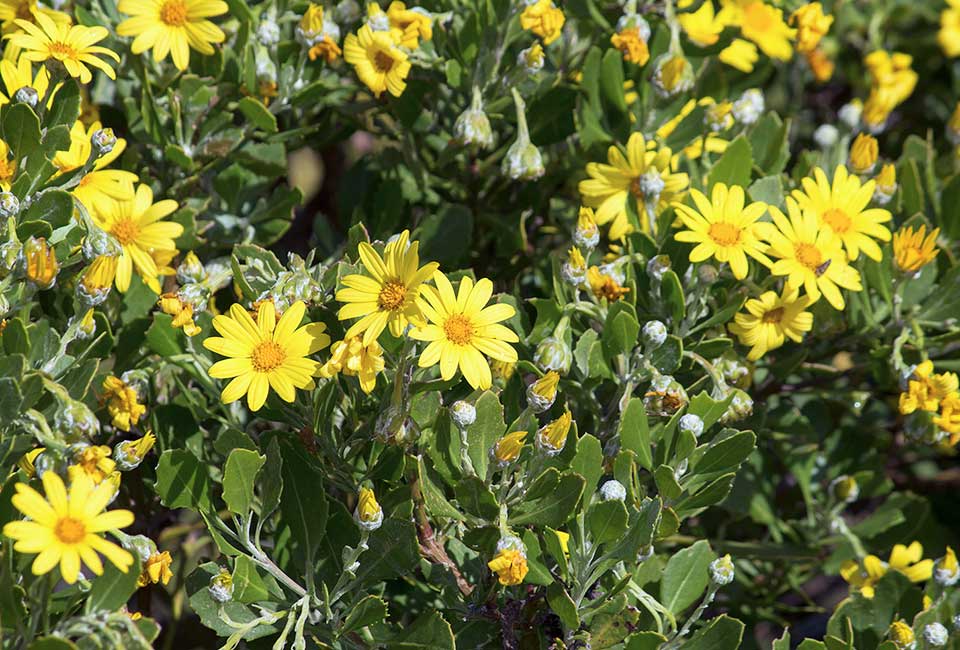 |
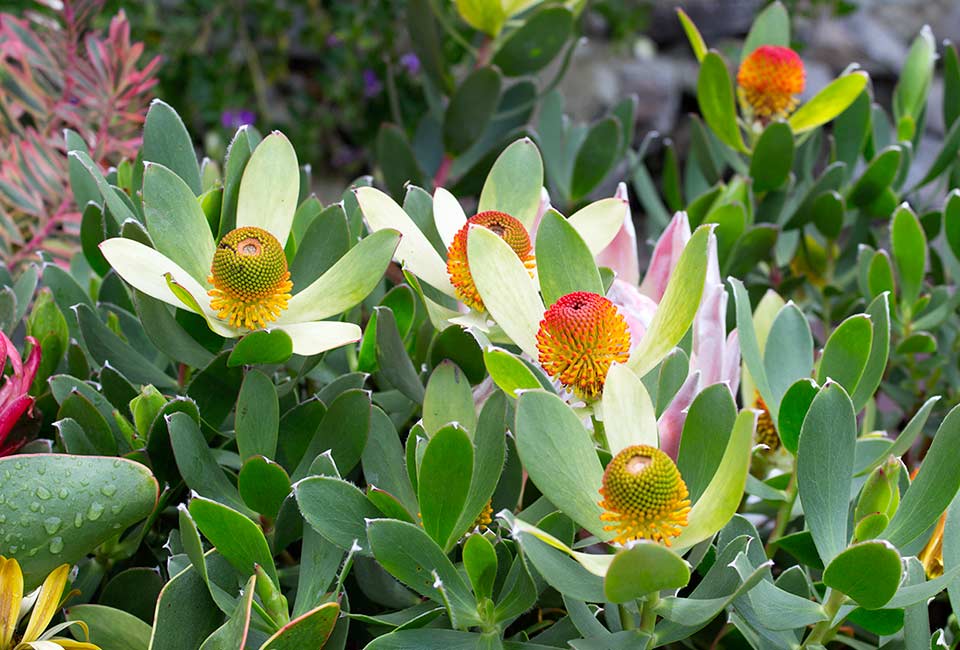 |
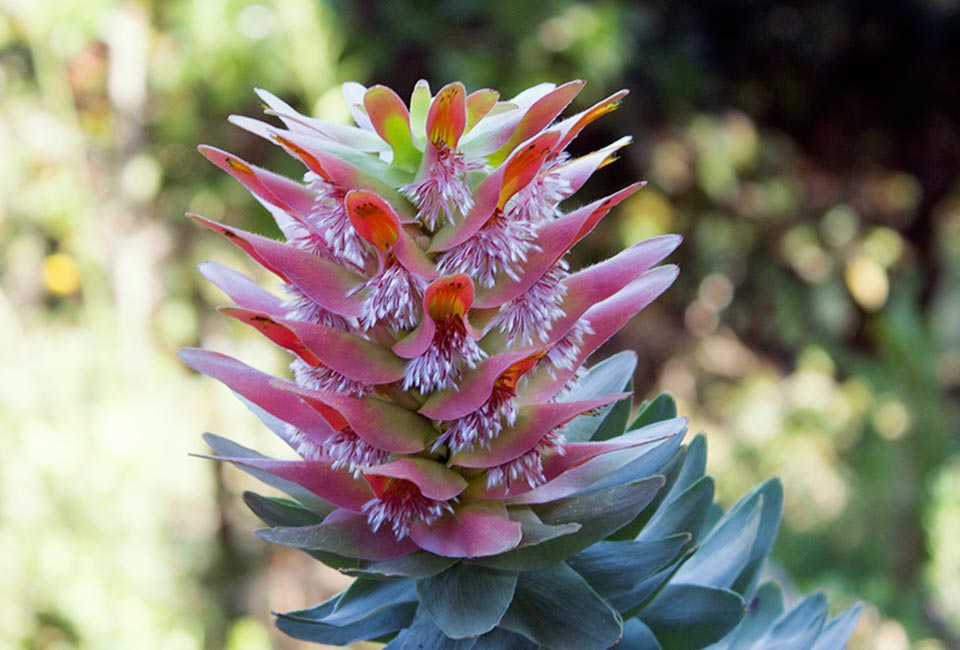 |
History
There are significant records of Middle Stone Age people (from about 85 000 to 65 000 years ago) occupying the Klipgat Cave in the eastern section of the reserve. There is also evidence that during the Late Stone Age (about 2 000 years ago), Khoisan people inhabited this site and lived off the plants, fish, shellfish and game in the area.
Climate
The reserve lies within the Mediterranean climatic zone, with mild wet winters and hot dry summers. Coastal winds are common at all times. The sea temperatures are fairly low for most of the year.
Vegetation
Lowland coastal fynbos, also known as strandveld, is the main type of vegetation and is characterised by species such as bietou, blombos, sour fig and waxberry. Parts of the dunefields were stabilize,d from the early 1900s until the 1980s, using alien rooikrans and Port Jackson. These species are invasive and, together with uncontrolled coastal development, pose a threat to the indigenous strandveld. Dense thickets of old milkwoods occur along the banks of the Klein River lagoon.
Animals
Most of the mammals found in the reserve are shy, although the tracks of Cape clawless otter, bushbuck, duiker, grysbok and steenbok are occasionally spotted. Off-shore, southern right whales occur from about August to November, while Bryde’s and humpback whales, and various dolphin species occur throughout the year. Marine fish include the sought-after galjoen, kabeljou and steenbras, which may be caught at Galjoenbank, Sopiesklip, Skeurbank and other fishing sites.
The reserve hosts numerous species of seabirds, including the striking African black oystercatcher. This species is threatened by coastal recreational activities as it breeds on beaches during the summer.
Recreation
Visitors can enjoy a variety of day hikes along the coast. Angling, swimming and picnicking are permitted, but please note that the sea can be rough and dangerous.Fires and overnight camping are not allowed and no overnight accommodation is available in the Reserve. Please avoid disturbing coastal birds and destroying sensitive dune vegetation. Litter must be removed and vehicles are to stay within demarcated areas.
Access and Permits
Access to the Reserve is via Mierkom at Stanford, De Kelders (Die Plaat) and at Uilkraalsmond. An entry permit is required and can be obtained at the gatehouses at De Kelders and Uilkraalsmond. Alternatively, permits can be obtained from the Walker Bay Nature Reserve office at Voëlklip during office hours (Monday to Friday 08h00 –16h00).
Marine and Coastal Management regulations apply to the removal of bait and other marine organisms. Permits for marine angling are available at Post Offices. A freshwater angling license (obtainable from any CapeNature office) is required for angling in the Klein River lagoon and estuary.
The reserve is open daily between 7am and 7pm.
For more information, you can contact them via 0861 227 362 or 021 483 0190 during office hours.
Vogelgat Nature Reserve is perfect for the avid hiker, camper and photographer due to its waterfalls and unique vistas, as well as many other beautiful attractions. The late Dr. Ion Williams bought the property in 1969 and had the vision to restore this alien vegetation-ridden fynbos land into its former beauty. After copious amounts of hard work and dedication, his team restored the 600 ha reserve to its former glory, with Fynbos populations growing every year. 35 km of this reserve is allocated to some breath-taking hiking trails, with vistas of Walker Bay and Kleinmond, waterfalls, plunge pools, majestic gorges and awesome Cape Fold Mountains. Over 900 plant species can be found here, with around 17 of them being endangered.
As well as the different animals found within the reserve, about 110 bird species have been also recorded. There are many species of bird that are now considered rare, such as the Booted Eagle (Hieraaetus pennatus), Forest Buzzard (Buteo oreophilus), Black Harrier (Circusmaurus maurus), Peregrine Falcon (Falco peregrinus) and the Victorin’s Warbler (Bradypterus victorini). There are also several species of rare mammals, amphibians and insects, all of which can be found on the Kogelberg site.
For those who wish to enjoy the reserve at a leisurely pace, there are four overnight huts that are both secluded from the world and from each other, making it the perfect getaway during which you can enjoy nature at its finest. Although rustic, the huts are equipped with the basics: gas cookers, beds, mattresses and cutlery and crockery, making packing for the trip that much easier.
The reserve is relatively alien free, due to the hard efforts of “hackers” that cleared the dense patches of aliens in the reserve in its early years and who have continued to do so until the present. Invasive aliens are considered a threat to the fynbos of the reserve and are to be eradicated where ever possible. There are very small- scattered alien individuals that are found in inaccessible areas and a team of well equipped ardent mountain climbers will clear these individuals quickly. To help the eradication of alien plant life, different and natural effects have been introduced. These include the “Mud Clod” creating weevil for Port Jacksons and the leaf-mining moth that helps to control Leptospermum laevigatum.
Kögelberg Nature Reserve is often considered the heart of the Cape Floral Kingdom, because of the exceptional quality of its fynbos. The reserve lies within the southern stretch of the rugged Hottentots Holland mountain range, and has remained isolated and remarkably unspoilt. Its high mountain peaks, steep kloofs, valleys and several tributaries of the pristine Palmiet River create a sense of remote wilderness
Kögelberg is situated some 90 km south-east of Cape Town, and comprises a core area of 18 000 ha and several smaller fragments. The reserve is sign-posted from the coastal road (R44), and a gravel road leads for 3 km through private property to the entrance. The coastal town of Kleinmond is about 8 km south-east of the reserve.
History
The Kögelberg area has evidence of early stone age hunters, who probably lived off game, shellfish and edible plants. Khoi people inhabited the area from about 100 000 years ago until modern times, and their middens and burial sites can be found along the coast. Eighteenth century European explorers described the beauty of the area and the plentiful game, but early farmers found the area too rugged for agriculture. This meant that the Kögelberg was left practically untouched over the years, unlike many other areas of the Cape.
In 1810 the government of the Cape demarcated certain Crown Lands, which included the Kögelberg area. Access was extremely difficult until 1935 when a road was built. In 1937 the then Department of Forestry became responsible for the area and declared it a State Forest. During World War II, a military road was built around the coast and the peripheral coastal area slowly became more developed. Kögelberg was transferred to CapeNature in 1987, and declared a nature reserve.
Biosphere Reserve
Kögelberg Nature Reserve is now managed according to the internationally accepted principles of a biosphere reserve. This implies that the sensitive core area of 18000 ha remains pristine and essentially wild, with a high level of biological diversity, and is buffered by a more resilient area. Beyond the reserve borders, agriculture and commercial pine plantations form a transitional zone. The biosphere concept accommodates conservation and development, and ensures that sensitive areas and biological diversity are adequately protected.
Climate
The climate of the Kögelberg is fairly typical of the western Cape. Winters are cold and very wet, and snow may fall on the higher peaks. The summer months are hot, dry and often very windy. Hikers should note that the weather conditions are variable and unpredictable.
Vegetation
The long isolation of the Kögelberg area has helped to protect its floral wealth and keep it clear of alien vegetation, and today the reserve presents perhaps the finest example of mountain fynbos in the Western Cape. It has a species list of 1 654 plant species, of which about 150 are endemic. Many spectacular members of the protea family occur in the reserve. These include the endangered marsh rose, Orothamnus zeyheri, once on the brink of extinction, and now known to occur on a few inaccessible peaks; and the highest concentration of Mimetes species in the Cape, most notably the endangered M. hottentoticus and M. capitulatus.
Kögelberg has three patches of relic indigenous forest, Louwsbos, Platbos and Oudebos. These patches are similar to the Knysna forests, and includes yellow wood, stink wood and boekenhout trees. The Palmiet River and its associated riparian vegetation is of the most pristine in the south-western Cape. Wild almond, rooi-els, yellowwood and Cape beech are among the trees occurring in the riverine scrub along the water courses.
Much of the early botanical documentation was done by T.P. Stokoe, a Yorkshireman who emigrated to South Africa in 1911. Stokoe collected numerous specimens in the Kögelberg, many of which were named after him, including the now extinct Mimetes stokoei. His ashes are scattered near Stokoe's Bridge in the reserve.
Animals
The Kögelberg does not have many large animals. There are a few leopards; the Cape clawless otter may be seen in or near water; smaller antelope include klipspringer and grysbok; and baboons, dassies and hares are fairly common. Peregrine falcons, black eagles and fish eagles hunt and nest in and around the reserve. An endemic freshwater crab and the endangered micro-frog are found in the area. A herd of wild horses which were abandoned by a British garrison after the Anglo-Boer War roam the flats of the Bot River estuary at Rooisand.
Recreation
In the Kögelberg, visitor numbers are limited and low-impact recreation which is compatible with the wilderness atmosphere is encouraged. Hikers have several options, and should be prepared for fairly rough terrain and unpredictable weather. White water kayaking is allowed each year during the winters season on the Palmiet River, but only for competent kayakers, as the river can be dangerous.
In the less sensitive areas, permitted recreation activities include hiking and mountain biking. Picnic facilities and camping are not provided. Accommodation is limited to five fully-furnished self-catering eco-cabins.
Please note that the following regulations and conditions are strictly applied:
For more information, please feel free to contact them via 021 856 4975.
Ever since it was proclaimed a reserve in 1957 the Fernkloof Nature Reserve has become a firm favourite for walks, hikes and bikes. The 60 kilometers (around 37 miles) of walkways and trails that zigzag through the reserve can take you to the picturesque Lemoenskop outlook point, the Three Dams, Galpin Hut, the waterfalls and several other beautiful and photo inspiring locations. These paths are lovingly maintained by the FNR (Fernkloof Nature Reserve) Committee, which consists of the local municipality, the Fernkloof Advisory Board and the Hermanus Botanical Society (BotSoc).
Over the last couple of years more areas have been added to the Reserve, including the Cliff Path Nature Area, the Mossel River Valley, parts of Klein River Lagoon and the mouth of Vogelgat River. Due to these inclusions Fernkloof Nature Reserve now boasts an uninterrupted reserve area of coast to mountain. The Cliff Path that’s now included wraps itself around the coastline of Hermanus and is perfect for land-based Whale Watching in season.
As if the pristine pathways weren’t enough the Committee has also given us the landscaped and colourful Fernkloof Gardens situated at the entrance to the reserve. This wheelchair friendly garden offers different “focus gardens” that contain different Fynbos and other plant life that are found in different areas around the reserve. There is also plenty of lawn space and shady trees for a scenic picnic or you can book an event here via the Fernkloof Reserve Office.
Also, if you find yourself falling in love with the indigenous flora around you during your visit then we suggest making your way to the Fernkloof Nursery across from the gardens. This quaint little cottage and garden area sells a lot of the flora you’ll find in the reserve, making it easy for you to take a piece of this experience home with you.
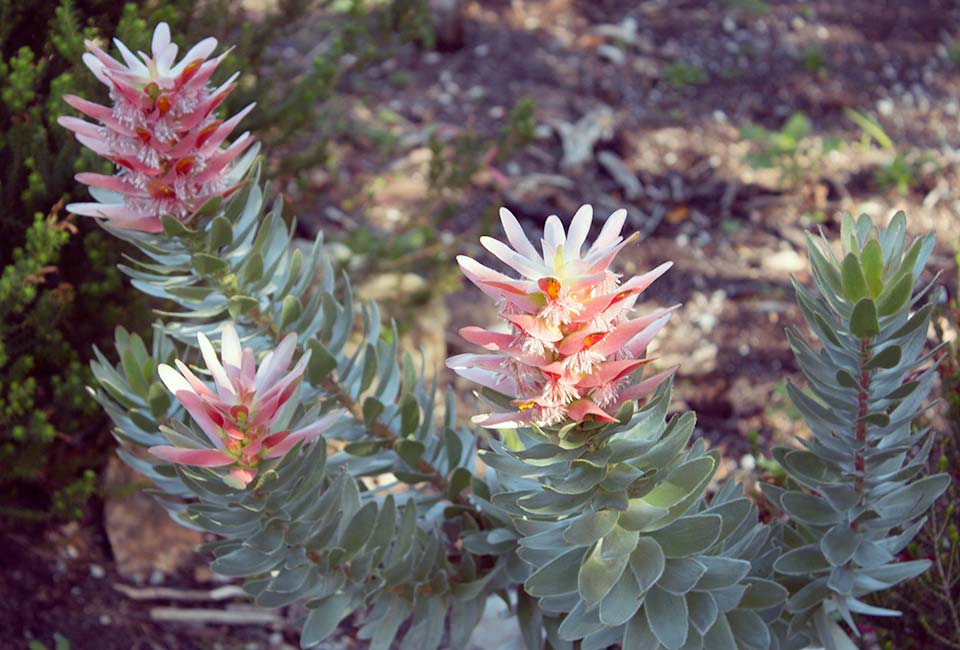 |
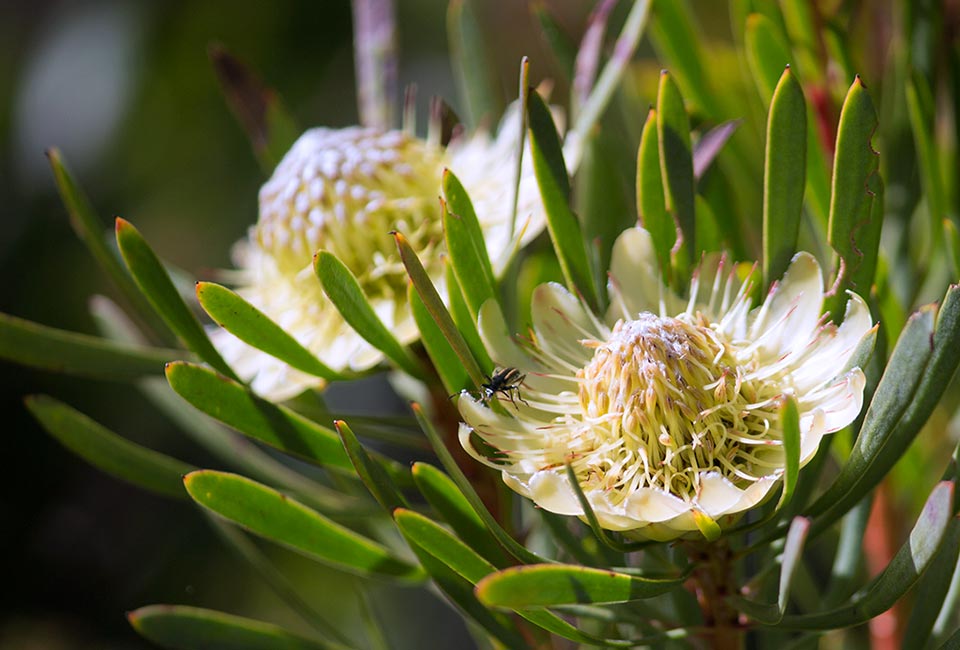 |
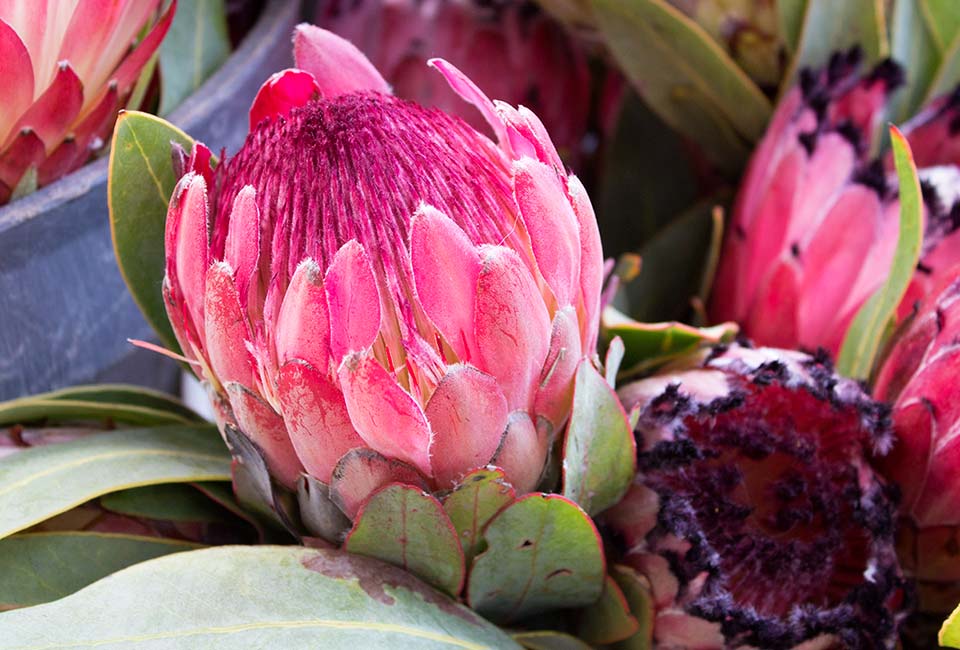 |
A little bit about the Fynbos
Fernkloof is proud to host six of the seven endemic plant families specific to the Cape Floral Kingdom. Originally called fijn bosch by early Dutch settlers, this diverse plant species comes in a variety of colours, shapes and sizes, all of which are environment-dependent. Every year more and more species are being identified and catalogued, adding to the 1600 + species that are currently in the reserve.
If you’d like to learn more about our famous floral family then please follow this link!
A little bit about our Fauna
The reserve’s landscape goes from flat and coastal to mountainous and forest filled, making it an ideal habitat for over 130 species of birds, mammals, reptiles and amphibians. During your exploration of the reserve you might come across Grey Rhebok, Cape Grysbok, Klipspringer, Baboons, Mongoose and Dassies, whilst the more nocturnal and private Porcupine, Genet and Hare might be more difficult to find. The birds in the area are the most commonly spotted and you’re sure to see species such as the Cape Sugar Bird, Sunbirds, Rock Thrushes and Rock Jumpers. Raptors can also be seen in the area, including Jackal Buzzards and Black Eagles.
The reserve also hosts a Wildflower Festival in the last weekend of September every year, which you can enjoy with family and friends. There are several Eco-Friendly displays in the marquee near the entrance whilst intricate and beautiful displays are on show at the Fernkloof Hall a little ways up.
For more information feel free to get in contact with the Fernkloof Nature Reserve or send us an This email address is being protected from spambots. You need JavaScript enabled to view it.!
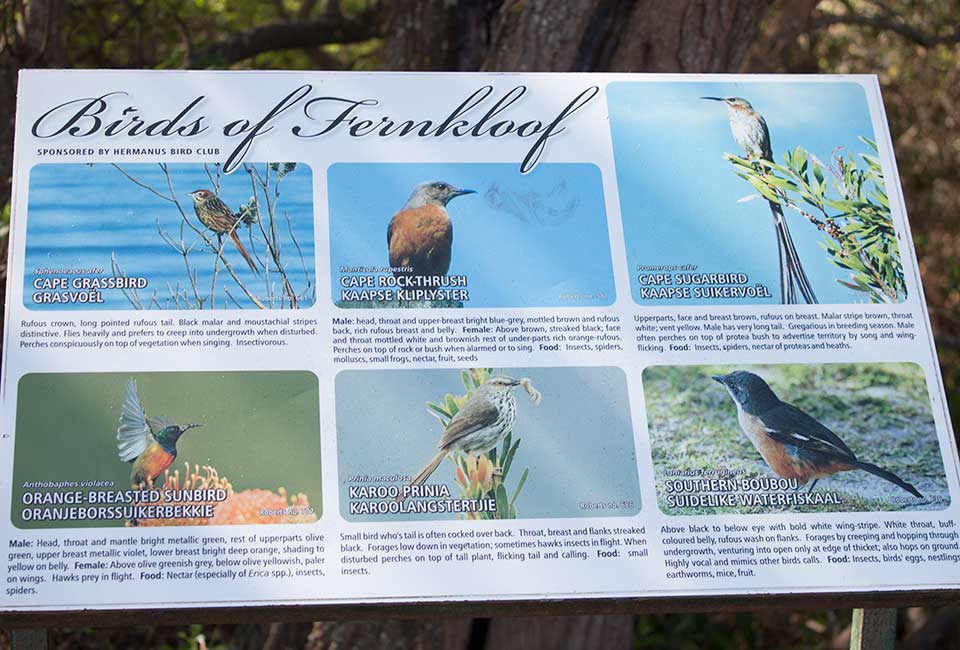 |
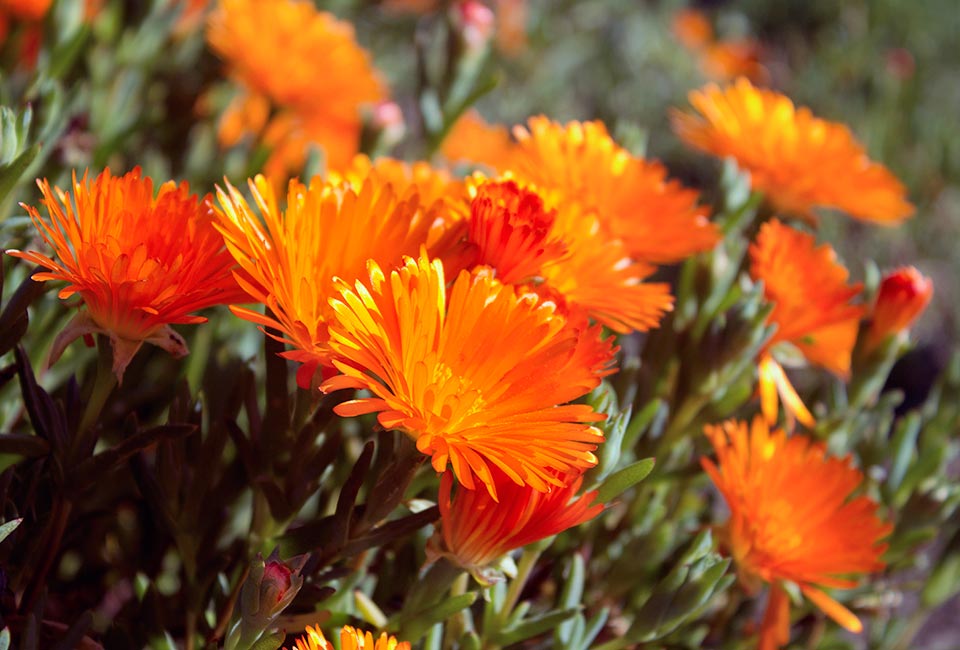 |
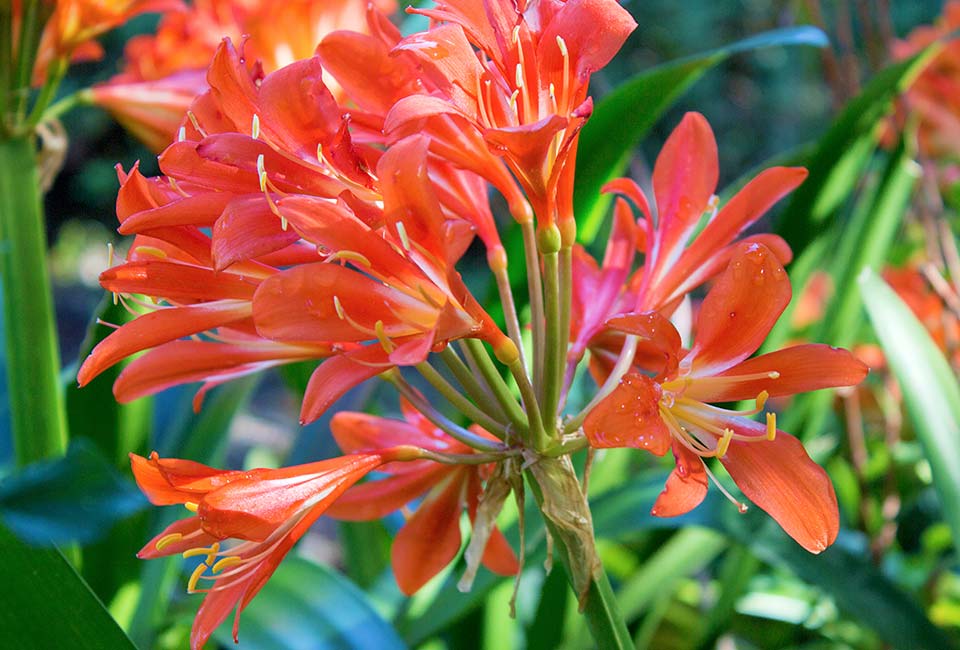 |